To mark its 120th anniversary this year, each month the British Academy will look back on a different decade in its history by delving into its extensive archive of historical sources. This retrospective will lead up to the publication of a booklet on the first 120 years of the Academy this summer.
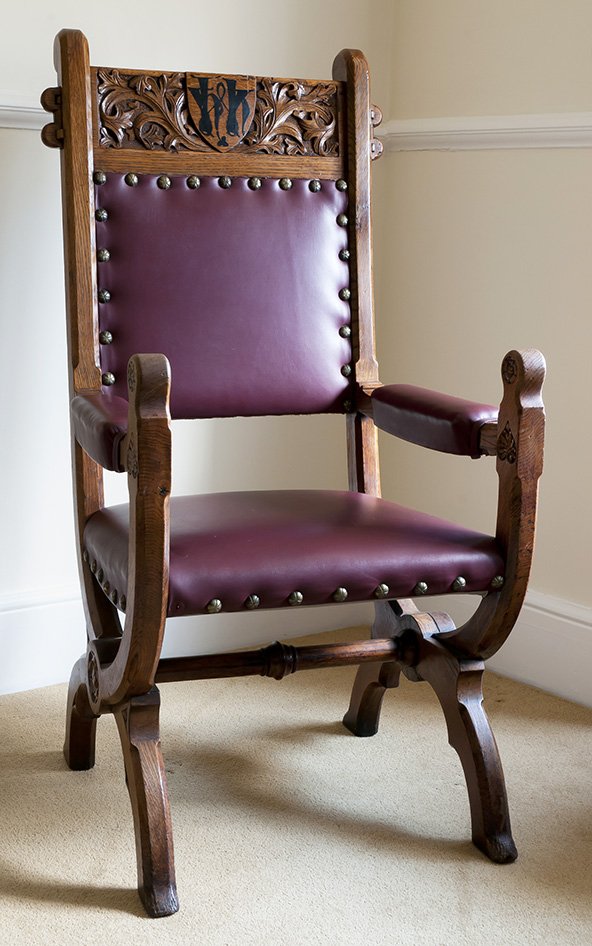
Having acquired its first home in 1928, the British Academy focused on kitting it out. An ornate wooden chair, made for the Pre-Raphaelite artist William Holman Hunt by William Morris, was presented by the artist’s widow ‘as my tribute to the Instruction and Delight I have derived from the British Academy’; until very recently it was used as the President’s chair at Council meetings. A telephone was installed, and the Academy formally engaged Miss Doris Pearson, its first full-time member of staff, as ‘Assistant Secretary’.
There was more overdue catching-up to do. The question of whether women could be elected to the Fellowship had been raised in 1920. But it was not until 1931 that the sociologist and social reformer Mrs Beatrice Webb was elected a Fellow – nominated by John Maynard Keynes – and even then, this didn’t immediately open the floodgates for more women to join.
Throughout the decade the Academy would grumble about ‘inadequate’ funds for supporting ‘learned enterprises’: the annual grant from the government had not increased since it began in 1924 – indeed between 1932 and 1935, during the Great Depression, it was actually cut by 10%, to £1800. Nevertheless, the Academy had embarked on a number of long-term research endeavours to publish source materials for scholars, and these started to bear fruit. A project to catalogue all the ancient Greek coins held in British collections delivered its first publications. And an ambitious plan for a comprehensive dictionary of the Latin used in medieval Britain, an idea first floated in a letter to The Times in 1913, published an interim Medieval Latin Word-List – which, revised and reissued many times, would be an invaluable handbook until the full dictionary was completed in 2013. The Academy also supported innovative work by individual Fellows: in 1938-39, the 75-year-old Aurel Stein borrowed an RAF biplane to conduct an aerial survey of the Roman Empire’s frontier in Iraq and Jordan, producing a photographic resource still of great value today.
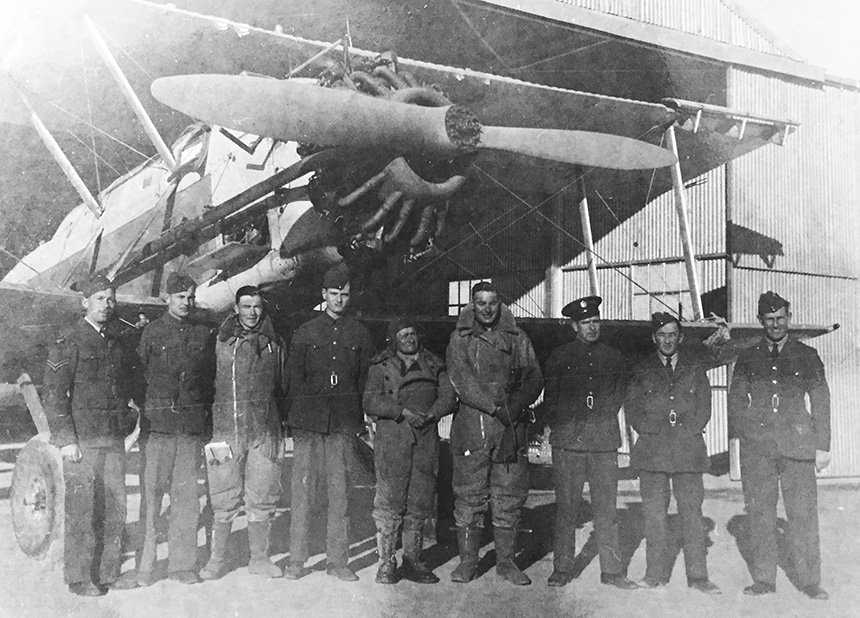
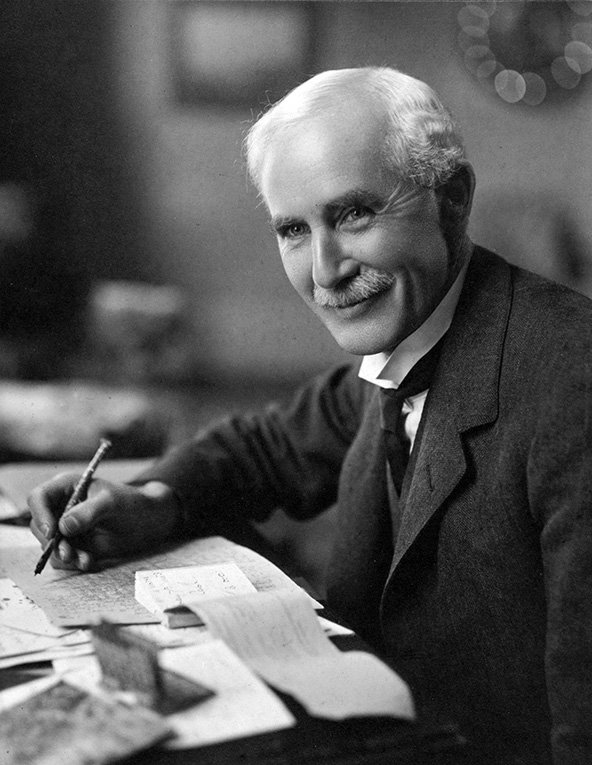
But a dominant concern of the Academy during this decade was the threat to scholarship in Europe, particularly in Nazi Germany. In his 1934 Presidential Address, J.W. Mackail warned that ‘the Commonwealth of Learning’ was menaced by ‘the establishment of a prison of the mind in countries which were once centres of humanism’, and the Academy’s duty lay in ‘the clear, emphatic, uncompromising and constant upholding’ of the ideals of humanism. Invitations to celebratory events at German universities were turned down, because acceptance would be ‘embarrassing’. Individual Fellows served on the Academic Assistance Council and its successor, the Society for the Protection of Science and Learning, which helped resettle refugee academics. The Academy would end up as a beneficiary of these traumatic circumstances, in that many Jewish refugees would become eminent scholars in the UK and would be elected as Fellows of the Academy. The Academy also expressed its dismay at the plunder and destruction of cultural monuments during the Spanish Civil War.
In May 1939 the Academy hosted the annual meeting of the Union Académique Internationale. While the four-day occasion was a great success, it was overshadowed by troubles elsewhere, with the Polish delegates unable to attend because of ‘the disturbed political situation’. And three months later, the Academy’s representatives at the International Congress of Archaeology in Berlin felt obliged to leave early – just days before the outbreak of war.
Women in the British Academy
Anne Phillips FBA, Graham Wallas Professor of Political Science at the London School of Economics, discusses the first woman to be elected a Fellow of the British Academy, and those who have followed her.
According to her British Academy obituary, Beatrice Webb’s ‘contribution to the worlds of thought and of affairs remain of permanent importance.’ Though ‘she modestly described herself as a social investigator’, she was ‘at once student and reformer, historian, economist, and pamphleteer, an experienced observer of politics and the joint author of books which opened a new chapter in English sociology’. Just one achievement among many was her role in helping to found the London School of Economics and Political Science in 1895; and I am privileged to have Beatrice’s desk in my office at LSE.
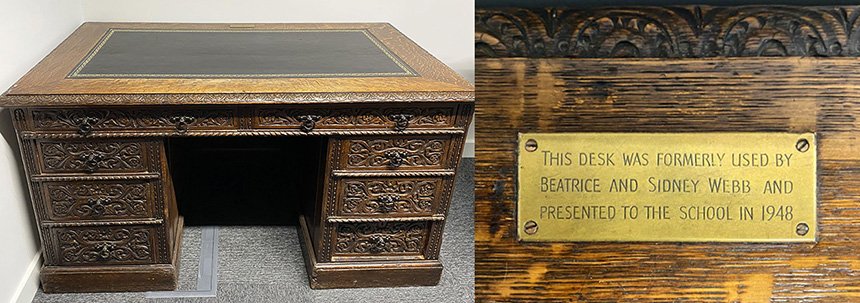
Though the Academy regarded her highly, Beatrice Webb was not quite sure what she was joining when she was elected as its first female Fellow in 1931. After attending her first meeting, she described it in her diary as ‘a funny little body of elderly and aged men’. And sadly that is how she would have continued to know it, because no other woman was elected in her lifetime – she died in 1943, and the archaeologist Gertrude Caton-Thompson did not become the second female Fellow until 1944. Thereafter there was a more regular flow, so that by the early 1960s some 20 women had been elected as Fellows.
At the time of my own election in 2003, women still made up only 12% of the Fellowship. And the British Academy was sufficiently off my own radar that I didn’t know much about it when I got the letter inviting me to join. I found some aspects relatively unchanged from Beatrice Webb’s time, but there was also work of a more inspiring kind, distributing grants and research fellowships to early and mid-career scholars.
A lot has changed since then. In the last 10 years, women have made up 45% of those elected (which has brought the current proportion of women in the Fellowship up to 28%). And women are now at the heart of the Academy’s life and governance. The Academy’s current President, Professor Julia Black, is the second woman to hold that leadership position.
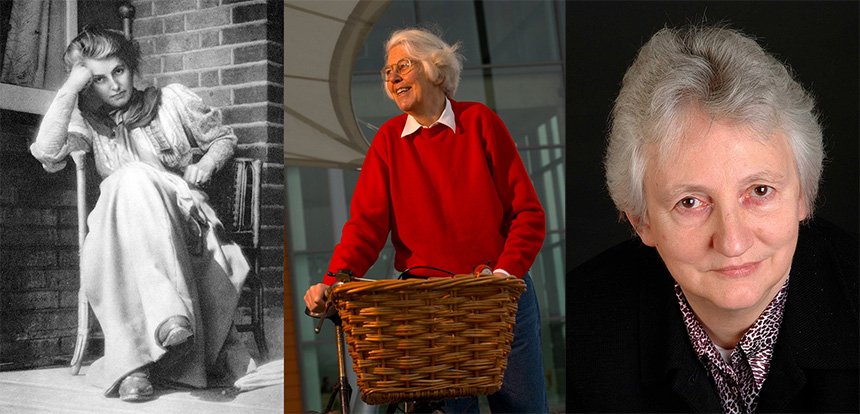
This page was created to mark 12 Decades of the British Academy.
